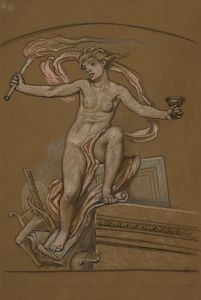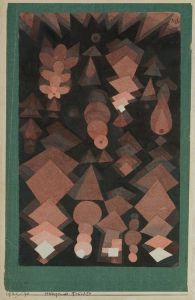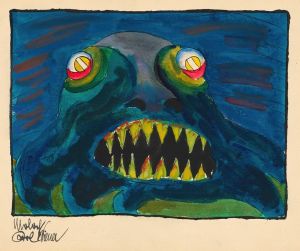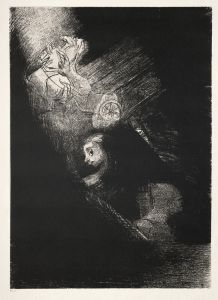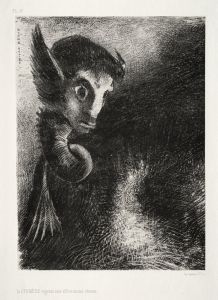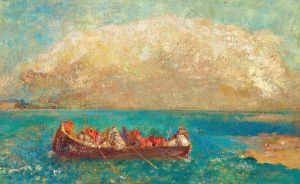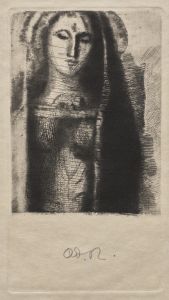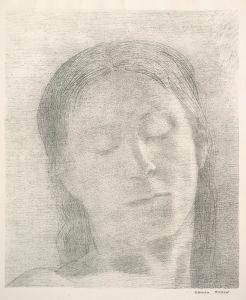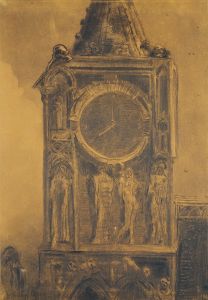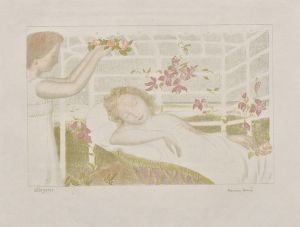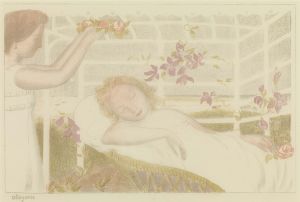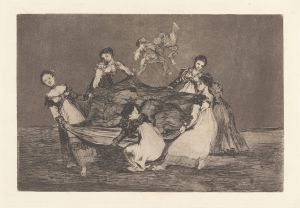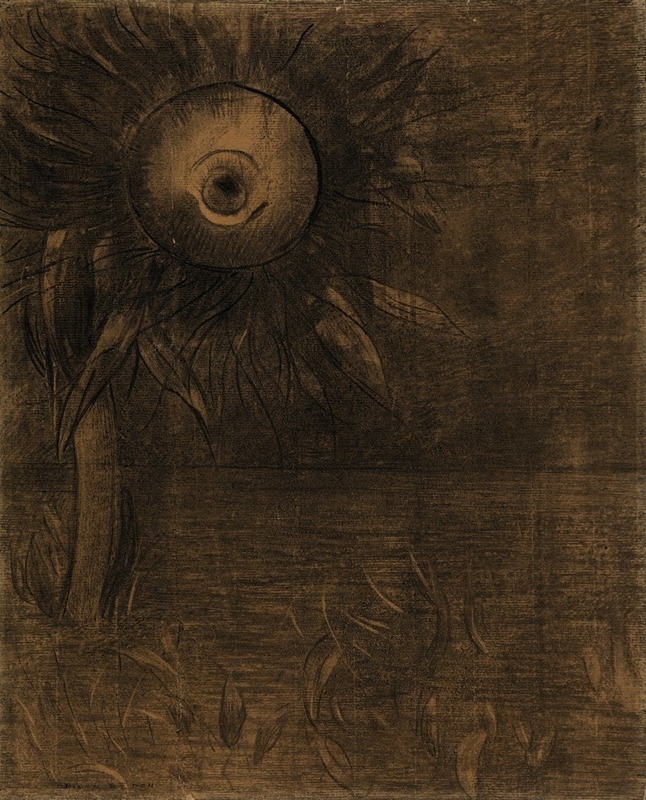
Fleur sur un marécage
A hand-painted replica of Odilon Redon’s masterpiece Fleur sur un marécage, meticulously crafted by professional artists to capture the true essence of the original. Each piece is created with museum-quality canvas and rare mineral pigments, carefully painted by experienced artists with delicate brushstrokes and rich, layered colors to perfectly recreate the texture of the original artwork. Unlike machine-printed reproductions, this hand-painted version brings the painting to life, infused with the artist’s emotions and skill in every stroke. Whether for personal collection or home decoration, it instantly elevates the artistic atmosphere of any space.
Odilon Redon was a French symbolist painter, printmaker, draughtsman, and pastellist, known for his unique approach to art that often explored the boundaries between reality and imagination. One of his works, "Fleur sur un marécage" (translated as "Flower on a Marsh"), exemplifies his distinctive style and thematic interests. However, specific details about this particular painting, such as its creation date, current location, and detailed analysis, are not widely documented in public sources.
Redon's oeuvre is characterized by a fascination with the mysterious and the fantastical, often incorporating dreamlike imagery and symbolic elements. His works frequently feature flowers, which he used as motifs to explore themes of beauty, fragility, and the ephemeral nature of life. Flowers in Redon's art are not merely botanical studies but are imbued with emotional and symbolic significance, often set against surreal or abstract backgrounds that evoke a sense of otherworldliness.
"Fleur sur un marécage" likely fits within this context, as the title suggests a juxtaposition of beauty (the flower) and decay or danger (the marsh). This contrast is a recurring theme in Redon's work, where he often explores the dualities of life and death, light and darkness, and reality and fantasy. His use of color and form in depicting flowers is particularly notable, as he often employed vibrant hues and soft, flowing lines to create a sense of movement and life.
Redon's artistic journey began with a focus on black-and-white works, particularly charcoal drawings and lithographs, which he referred to as his "noirs." These early works were heavily influenced by literature, dreams, and his own introspective nature. As his career progressed, he increasingly embraced color, particularly in his pastels and oil paintings, which allowed him to further explore his interest in the emotional and symbolic potential of art.
The transition from monochrome to color in Redon's work can be seen as a reflection of his evolving artistic vision. While his earlier "noirs" were often somber and introspective, his later works, including those featuring flowers, are more vibrant and expressive. This shift also coincided with his growing interest in the natural world and the ways in which it could be transformed through the lens of imagination.
Redon's influence extends beyond his own time, impacting various art movements and artists who followed. His exploration of the subconscious and the symbolic resonated with the Surrealists, while his innovative use of color and form influenced modernist painters. Despite the lack of specific information about "Fleur sur un marécage," the painting can be appreciated within the broader context of Redon's artistic legacy, which continues to inspire and captivate audiences with its unique blend of beauty, mystery, and emotion.
In summary, while detailed information about "Fleur sur un marécage" is limited, the painting can be understood as part of Odilon Redon's broader exploration of symbolic and fantastical themes. Through his use of color, form, and imaginative imagery, Redon created works that invite viewers to ponder the deeper meanings and emotions behind the visible world.





